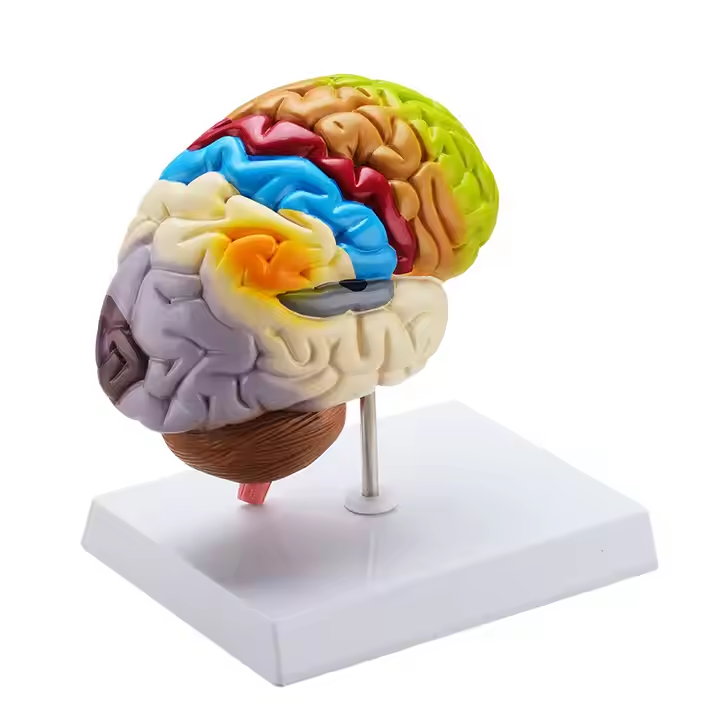The Role of Exercise in Enhancing Brain Oxygenation
Exercise plays a pivotal role in boosting brain oxygen levels, critical for maintaining cognitive health. When we engage in physical activity, our breathing rate naturally increases. This heightened respiration enriches our blood with more oxygen, which is then transported to the brain. Regular exercise ensures that this vital process occurs efficiently over time.
Researchers have established a link between increased physical activity and enhanced brain oxygenation. The act of exercising not only facilitates greater blood flow to the brain but also improves the oxygen-carrying capacity of the blood. This optimizes oxygen delivery to brain cells, which is crucial for their function and survival.
Exciting scientific discoveries reveal that during physical exertion the brain receives an oxygen boost, challenging the once common belief that our blood is always fully oxygen-saturated. It turns out that our bodies have the incredible ability to adapt hemoglobin’s oxygen-carrying efficiency in response to exercise, ensuring that the brain and other organs receive the oxygen they desperately need.
By incorporating regular physical activity into our daily routine, we can create a powerful defense against cognitive decline. Exercise has the unique ability to maintain and even improve cerebral oxygenation, making it an essential component for a sharp and vibrant mind, especially as we age.
Adopting a lifestyle that integrates consistent and varied exercise not only enriches the brain with oxygen but also lays the foundation for a sustained and robust cognitive function. As we strive to maintain our mental acuity, it becomes increasingly clear that how to get more oxygen to the brain is closely tied to our commitment to stay physically active.
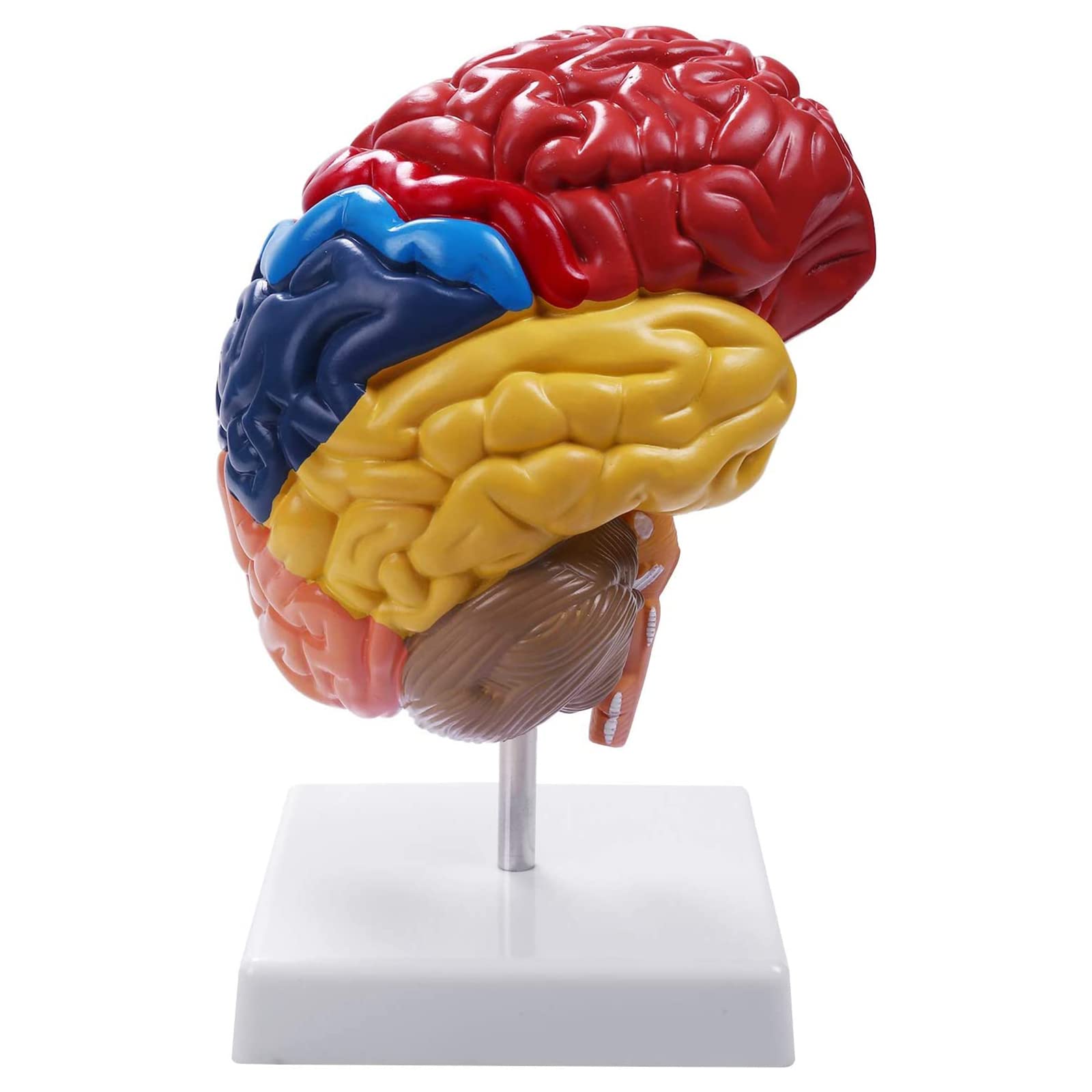
Best Physical Activities to Improve Cerebral Oxygen Levels
Selecting the right kind of physical activities is crucial for enhancing brain oxygenation. The exercises should be potent enough to increase blood flow and, in turn, boost oxygen delivery to the brain. Let’s explore some of these effective exercises.
High-Intensity Interval Training (HIIT) and Brain Health
HIIT, or high-intensity interval training, is a powerful workout style. It alternates between intense bursts of activity and fixed periods of less-intense activity or rest. This approach is effective for brain health as the intensity of the effort can increase blood and oxygen flow to the brain. HIIT’s adaptation benefits are believed to be significant in promoting cognitive function and could even help protect against neurodegeneration.
Exercises Targeting Neurovascular Benefits
Certain exercises can enhance blood flow to the brain more effectively. Squats and others that involve movement from a lower to a higher position help drive blood upwards. Thermal exercises like hot yoga or sauna sessions, and hydrostatic stress from water aerobics, also increase cerebral blood flow. These activities utilize the body’s responses to different stresses, leading to increased oxygen delivery to the brain.
Cognitive Challenges Combined with Physical Exercise
Combining physical activity with cognitive tasks may bring extra benefits for brain health. Activities like reading or puzzle-solving while exercising demand more from the brain, enhancing the effects of increased brain oxygen levels. This combination can maximize cerebral oxygenation and potentially improve cognitive functions over time.
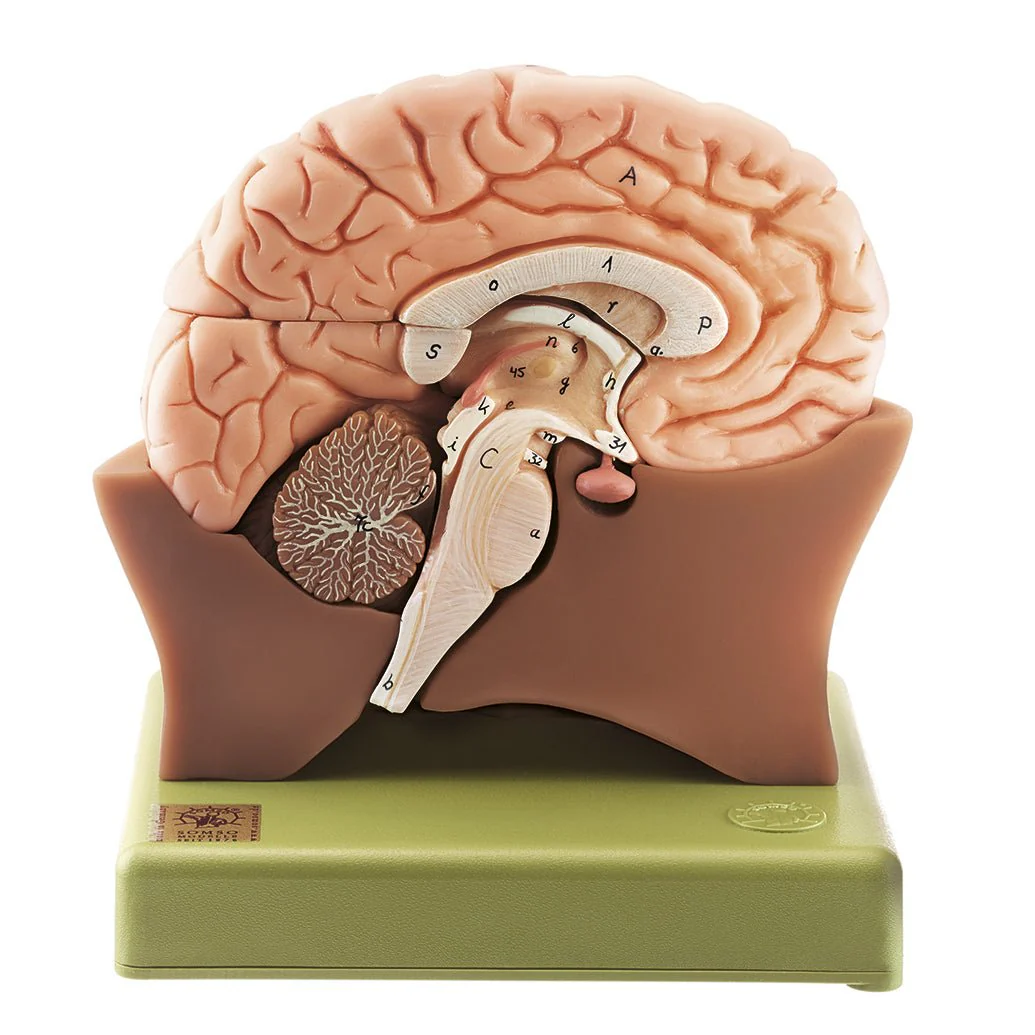
Diet and Nutrition: Their Impact on Brain Oxygenation
The foods we eat significantly affect how our body, including our brain, functions. While exercise drives oxygen to the brain, a balanced diet is equally essential in supporting this process and enhancing brain health. To increase oxygen levels in our brain, certain foods are notably beneficial.
One key element is iron, found in foods like leafy greens, red meat, and beans. Iron is crucial for hemoglobin production, which in turn is responsible for transporting oxygen in the blood. Another vital nutrient is omega-3 fatty acids, abundant in fish like salmon and sardines. Omega-3s support membrane health and could improve blood flow.
Antioxidants also play a significant role in maintaining oxygen levels in the brain. Berries, dark chocolate, and certain spices like turmeric are rich sources of antioxidants. They assist in combating free radicals that can damage cells and impede oxygen delivery.
Moreover, foods with high water content, such as cucumbers and watermelons, contribute to hydration, which is necessary for efficient blood flow and oxygenation. In addition to these, complex carbohydrates found in whole grains provide a steady energy supply to the brain, ensuring it functions optimally.
It is equally important to avoid foods that can harm brain oxygenation. High-fat and high-sugar diets can lead to inflammation and blood vessel damage, both of which can restrict blood flow to the brain. By adopting a diet rich in essential nutrients and avoiding harmful ones, we can better manage how to get more oxygen to the brain, working in concert with the benefits provided by regular exercise.
Understanding the Physiological Processes of Brain Oxygen Delivery
To grasp how to get more oxygen to the brain, it is key to understand the physiological processes at play. Exercise-induced respiration enhances blood’s oxygen saturation. Upon exercising, our respiratory rate goes up, permitting hemoglobin to carry more oxygen to the brain.
The blood flow to the brain increases when we engage in physical activity. This, alongside improved oxygen capacity, ensures efficient brain cell functioning. Remarkable research findings from the University of South Wales and Penn State Neuroscience Institute support this. They shed light on how physical activities, particularly intense exercises, can change how blood is oxygenated.
Brain oxygen supply does not solely rely on blood reaching the brain. It also depends on how well our hemoglobin is saturated with oxygen. During exercise, contrary to past beliefs, our hemoglobin can carry more oxygen. This process is crucial as it supplies our brain with the needed oxygen, even more during physical exertion.
The exchange of oxygen from blood to brain tissue happens across the blood-brain barrier. It is a highly selective semipermeable border that protects the brain from potential blood-borne contaminants. Yet, it allows essential nutrients and oxygen to cross over.
In conclusion, understanding these physiological processes underscores the significance of regular exercise. It helps us realize the direct impact physical activity has on improving oxygen delivery to the brain.
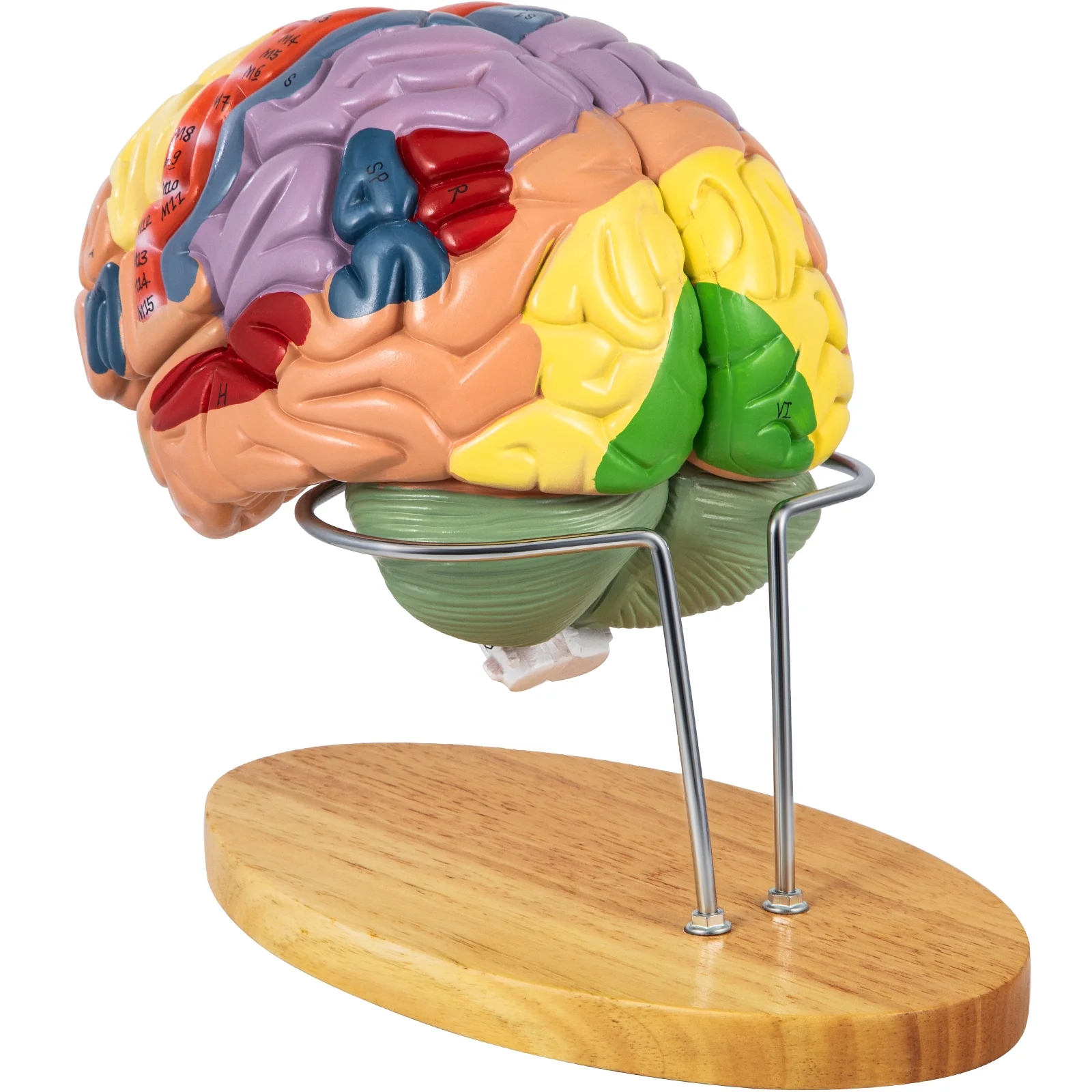
Exercise’s Effect on Neurogenesis and Cognitive Functions
Exercise not only boosts oxygen to the brain but also fosters neurogenesis. Neurogenesis is the birth of new neurons, particularly in the hippocampus, a brain area key for memory formation. Engaging in regular physical activity stimulates this brain cell growth. This leads to enhanced cognitive functions over time, including memory, attention, and problem-solving skills.
Exercising influences our brain’s ability to adapt and form new neural connections. This neuroplasticity is vital for learning and memory. Studies have highlighted the role of exercises like HIIT in promoting cognitive health. They also show that these activities may protect against diseases that impair cognitive function, such as Alzheimer’s and dementia.
Moreover, workouts combining physical and mental challenges could yield even greater benefits. For instance, complex movements in coordination with mental tasks exercise both body and mind. Such dual tasks challenge the brain, possibly leading to better integrated cognitive and physical performance.
The clear message is that how to get more oxygen to the brain goes far beyond respiratory efficiency. It includes nurturing the growth of new brain cells and bolstering the cognitive capabilities that preserve mental sharpness into old age. Thus, exercise is a key player in a holistic approach to brain health, offering a multifaceted defense against cognitive decline.
Free Radicals and Vascular Health: A Delicate Balance
Free radicals play a dual role in our body’s health. These molecules can both harm and help our cells. In the brain, a balance of free radicals is vital for healthy blood flow.
The Impact of Free Radicals on the Brain
Free radicals are oxygen-containing molecules with an uneven number of electrons. This allows them to easily interact with other molecules. They can cause oxidative stress and damage cells, including those in the brain. However, in controlled amounts, free radicals act as signals. They help the brain adapt to stress and maintain its functions.
Exercise, Free Radicals, and Brain Oxygenation
Regular exercise increases free radical production. But don’t let this fact scare you. Exercise also boosts our body’s antioxidant defenses. This helps keep free radicals in check. As we exercise, the increased blood flow to the brain keeps the supply of oxygen steady. This supports brain health and can slow down the aging process.
Vascular Endothelium and Its Role
The lining of blood vessels, or vascular endothelium, is crucial. It releases chemicals like nitric oxide when stimulated by blood flow during exercise. Nitric oxide helps blood vessels relax and widen, allowing more oxygen to reach the brain. This is essential for preventing disorders like stroke and dementia.
Finding the Right Balance
To manage free radicals, combine exercise with a diet rich in antioxidants. Foods like berries and dark chocolate can help. Keep stress levels low and sleep well to optimize brain health. Remember, balance is key when considering how to get more oxygen to the brain. With the right lifestyle choices, our bodies can use free radicals for our benefit, rather than harm.
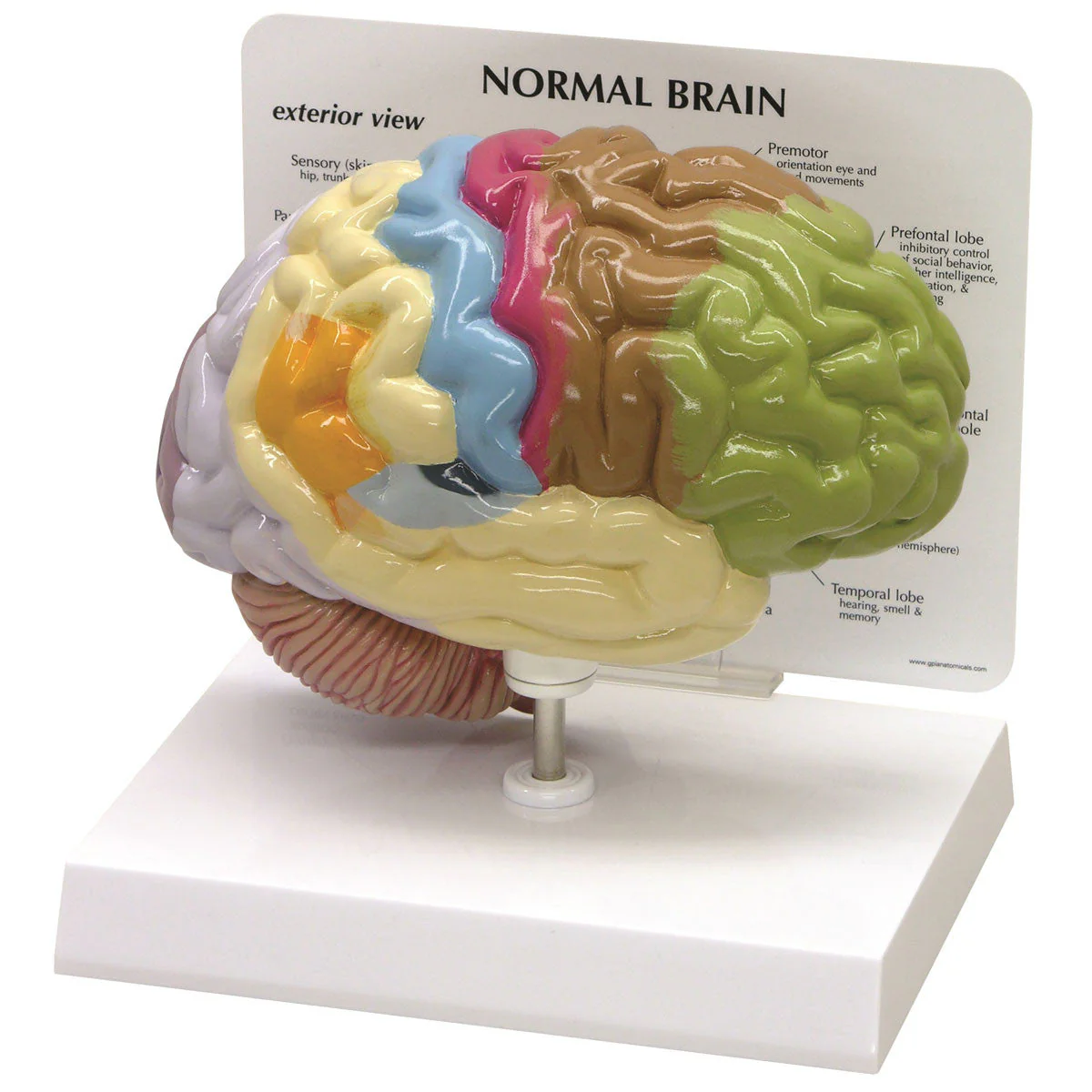
Commemorating World Alzheimer’s Month: Awareness and Action for Brain Health
World Alzheimer’s Month marks a time to boost brain health awareness. Every September, global initiatives focus on dementia, including Alzheimer’s disease. This campaign challenges stigma and spreads knowledge about brain-related conditions.
During this month, we highlight the importance of brain oxygenation for cognitive health. Engaging in regular exercise is a crucial step towards safeguarding our minds. It’s an effective way to get more oxygen to the brain, supporting overall brain function.
Various events take place around the world to emphasize the role of physical activity. These include educational talks, memory walks, and fundraising efforts. Each event aims to support research while offering practical advice on brain health maintenance.
Exercise is a proven ally against age-related cognitive decline. It increases blood and oxygen flow to the brain, thus promoting sharper mental functions. During World Alzheimer’s Month, we encourage people to integrate exercise into their daily lives.
Alzheimer’s Disease International (ADI) leads the campaign, focusing on reducing misinformation. They unite Alzheimer associations worldwide, advocating for better care and support for those affected.
Awareness is also raised about lifestyle choices that enhance brain oxygenation. These include eating the right foods and staying physically active. By taking action on these fronts, we can all contribute to brain health and reduce the risk of dementia.
The message of World Alzheimer’s Month is clear. Regular exercise and informed lifestyle choices are key to a healthy brain. Let’s take part in the activities and apply the knowledge. It will help us create a future with less fear of Alzheimer’s and other dementias.
